Exact Answer: Within 2 To 3 Working Days
Autopsy or Abduction or Post-mortem examination or necropsy is a specialized surgery done in the body of a dead person. An Autopsy can be area-specific and also it can be a whole-body examination. There are two types of autopsies. One is the medico-legal or forensic autopsy and the other is a hospital or medical autopsy.
Medical autopsies are conducted mainly for research purposes. Forensic or medico-legal autopsies are done to find the time and cause of the death. The medico-legal autopsy is used to solve crimes. By determining the reasons for the death of a person crimes can be solved easily.
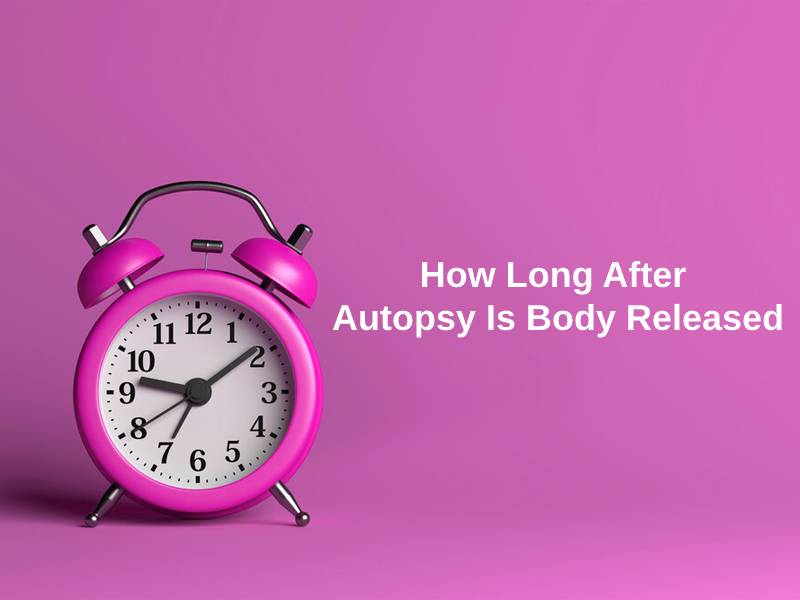
How Long After Autopsy Is Body Released?
| Types | Used for |
| Medical Autopsies | Research purposes |
| Forensic Autopsies | To solve crimes |
It takes around 2 to 3 days before the body is released after an autopsy. Imagine a murder has taken place. To find the murderer the police would search for clues. One of the most important clues for solving a crime is that to find out when the murder had taken place. The approximate time of death of a person is calculated by the surgeons by examining the body and by checking the temperature of the body. Many techniques are there for calculating the time of death.
The physical, observable changes in the body after death are monitored for 28 to 48 hours. The first main physical change is Pallor Mortis. After the heart stops beating, the circulation of blood throughout the entire body is slowed down and stops eventually. The organs like skin stop receiving blood from the heart and so the skin will look pale. The paleness appears from 15 to 30 minutes after death. This sign is very easily noticeable.

The next sign is Algor Mortis. Human beings maintain a constant internal body temperature of 37 degrees Celsius on average. The circulatory system plays an important role in maintaining the constant temperature in the body. After death, as the heart stops beating, the temperature of the body decreases by 2 degrees in the first hour based on the surrounding temperature and it keeps on decreasing for every one hour. But this sign is not an accurate way to calculate the death time because it depends on the external conditions or the surroundings.
Why Does It Take 2 To 3 Days For The Body To Be Released After Autopsy?
To find how a person died the doctors first have to monitor the physical changes in the body and later go with the surgical procedure. This is the main reason why the body is released after 2 days. After the Pallor Mortis and Algor Mortis signs are noted the surgeons go for the next sign, the Rigor Mortis. This is one of the important signs to determine the time of death of a person. This is called stiff death as it occurs due to the contraction of muscles in the body.
The brain activity gradually reduces after death and then stops entirely. Therefore the brain cannot give signals to the muscles to contract and therefore the muscles remain relaxed. This is called Primary Flaccidity. This lasts for 1 to 2 hours after the death. Rigor Mortis is more reliable than Algor Mortis because it is not affected by any external conditions. The next sign is Liver Mortis. Normally, blood moves through the entire body with the help of the heart.
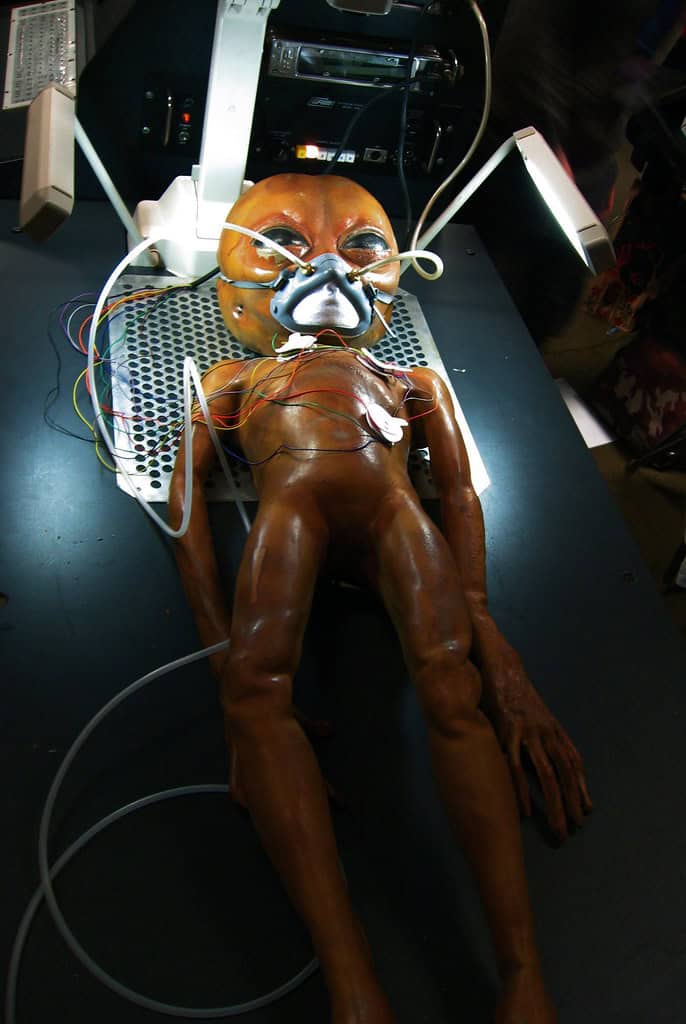
But after death, the blood in the body stops circulating and is pooled where gravitational forces are more. This starts from 15 to 30 minutes after death. But it is visible after 2 hours after death. This is called lividity and it starts to become fixed after 6 hours. This happens because the blood vessels will start to break down. Then a purple color develops after 8 to 12 hours. The purple color develops because of the deoxygenation of hemoglobin. This is the best method to determine the time of death.
Conclusion
With Lividity, not only the time of death is determined but also the cause of death can be determined. Autopsy follows a pattern where first the fingerprint of the victim is taken, then an x-ray is taken to find the bone dislocations or bullet locations in the body, and similarly all external examinations will be done.
Then begins the internal examination where a Y-incision or T-incision is made in the body. Then the skin is peeled and the surgeons go deeper. Now all the organs are pulled out from the body for further examination. The final stage is the head and brain examination. All these are done properly by the surgeons and so it takes 2 to 3 days to release the body.




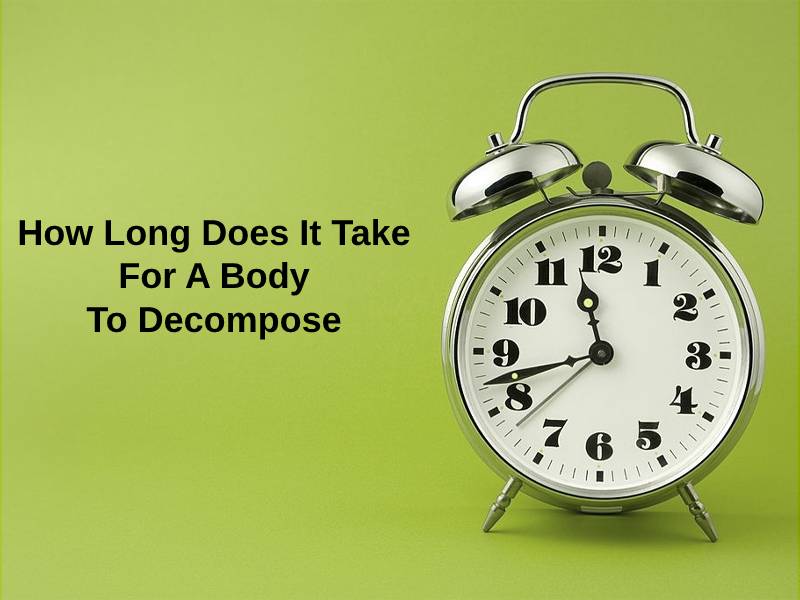
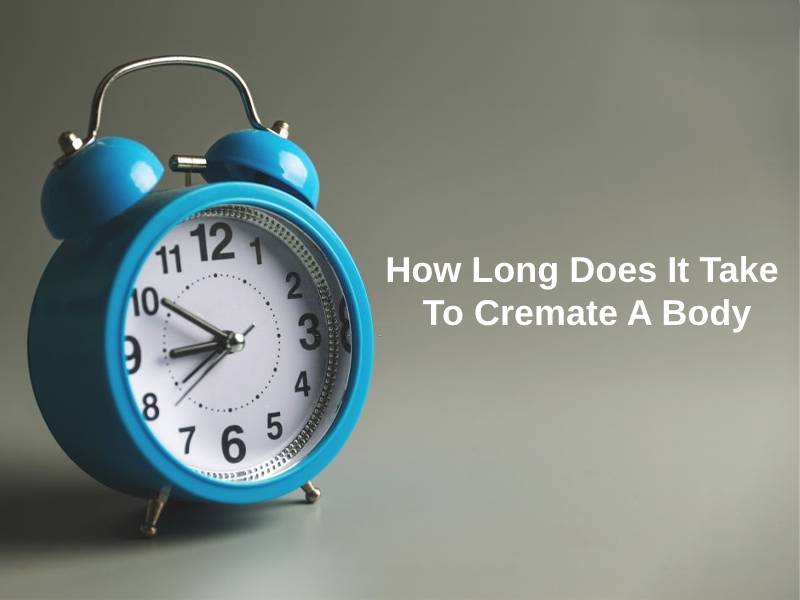
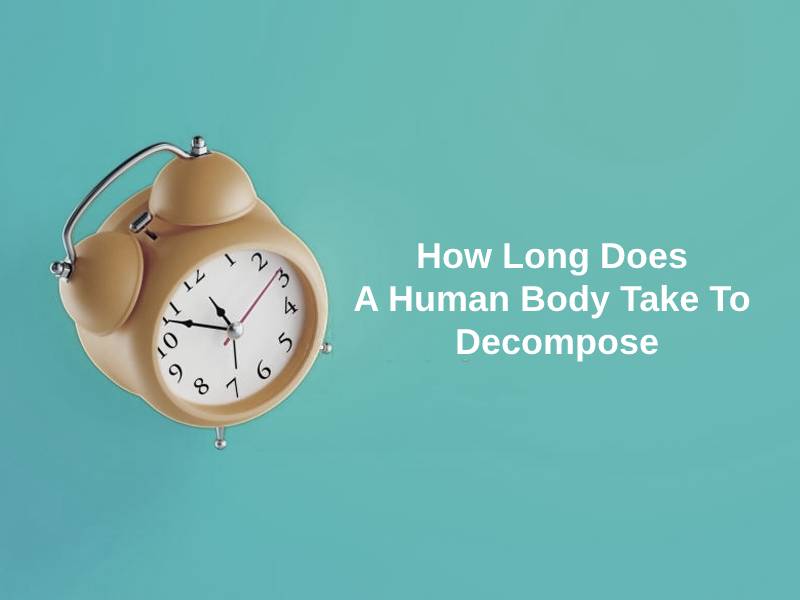

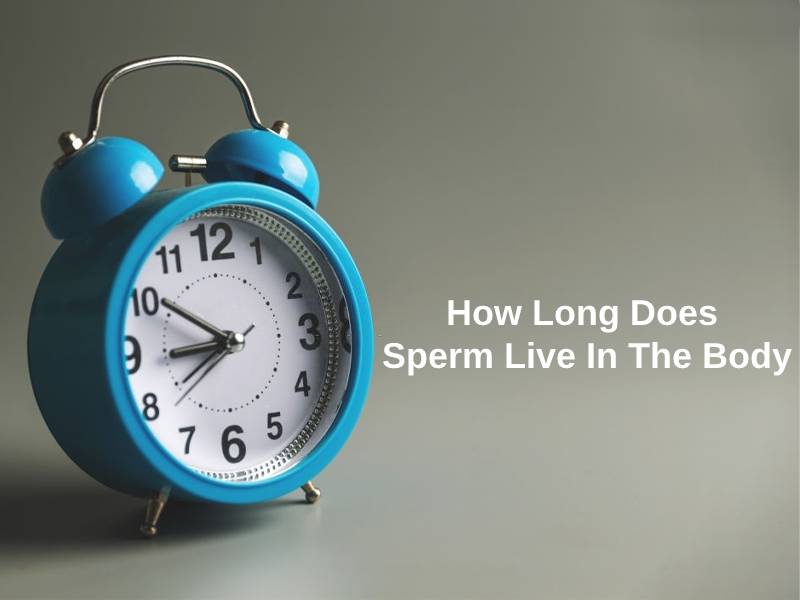








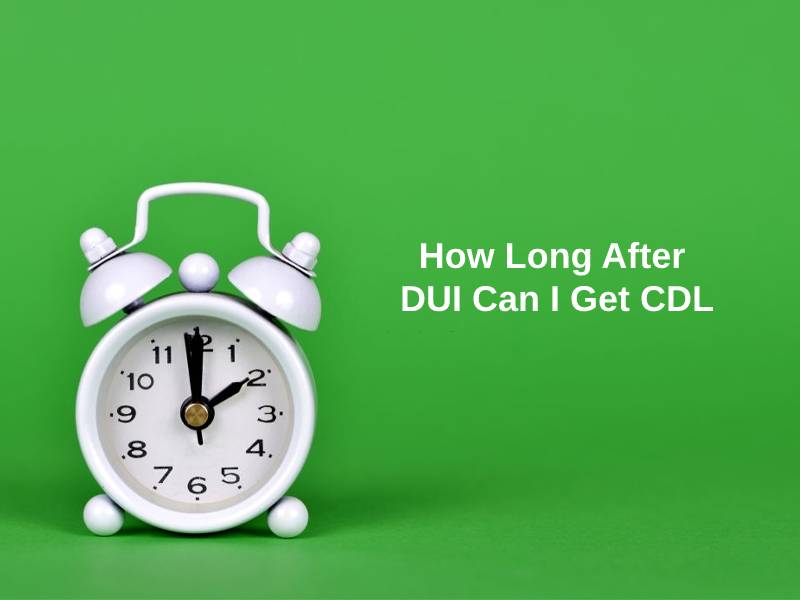
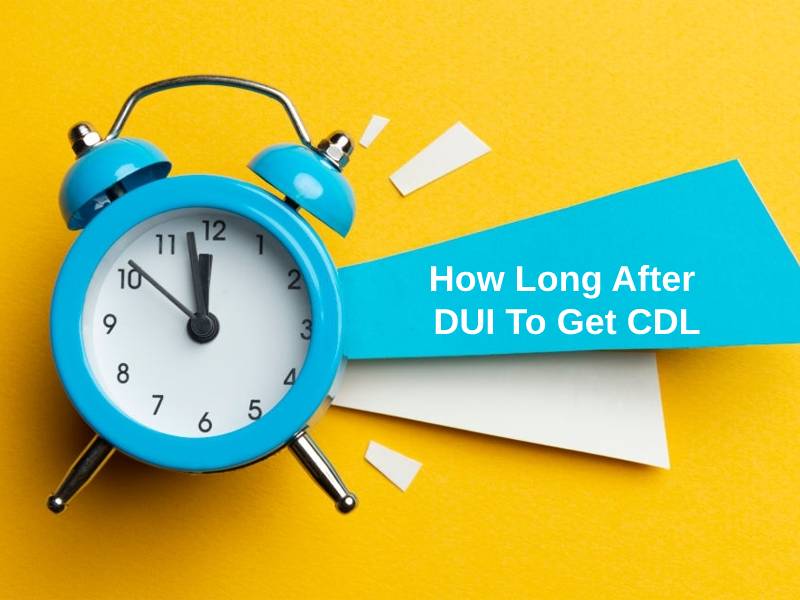








The detailed descriptions of the physical signs examined after death and their implications are quite fascinating. It’s an intriguing read.
I agree with you. The explanations provide a fascinating insight into the intricacies of forensic autopsies.
Indeed, the article manages to present complex scientific information in an accessible and engaging manner. It’s quite commendable.
The article clearly outlines the purpose and procedures of medical and forensic autopsies, making it a valuable resource for anyone interested in the topic.
Absolutely, the article offers a comprehensive understanding of the topic and is accessible to readers who may be new to this information.
I appreciate the clear and concise language used to explain the procedures and significance of autopsies. It’s a great learning tool.
The precise details about the physical changes in the body after death and their implications are truly captivating. It’s a great educational resource.
Absolutely, the article’s thorough explanations make it an invaluable resource for understanding the process of autopsies in depth.
While the subject matter is quite serious, the article manages to present it in a captivating and informative way. It’s a commendable achievement.
Absolutely, the article strikes a balance between informative content and engaging presentation. It’s definitely an excellent read.
I agree with you. The article is a testament to the author’s ability to convey complex scientific concepts in an engaging and accessible manner.
This article provides a comprehensive overview of the autopsy process, from the details of the procedure to the timeline for the release of the body. It’s quite informative and well-researched.
I agree. The explanations of each stage of the autopsy and how they aid in determining the cause of death are very enlightening.
While this article presents interesting information about autopsies, the tone can be a bit too serious for such a grave topic. A touch of humor would make it more engaging.
I see your point, but I believe it’s important to maintain a respectful tone when discussing autopsies and their purposes.
I must commend the author for providing such a thorough and insightful guide to the various signs examined during autopsies. It’s certainly thought-provoking.
Absolutely, the article presents a detailed account of the physical changes in the body after death and how they contribute to determining the cause and time of death.
The detailed explanation of the physical changes in the body after death and how they are used to calculate the time of death is fascinating. It really highlights the precision involved in forensic autopsies.
Absolutely, the article presents the complexities and meticulousness of forensic autopsies in a very engaging way.
It’s impressive to see the scientific rigor behind the methods used to determine time of death. This article makes it accessible to readers who may not be familiar with the subject.
The article provides detailed insights into the various stages and aspects of autopsies, shedding light on a topic that is often shrouded in mystery. It’s quite eye-opening.
Agreed. The level of detail in the explanation of each stage of the autopsy process is quite impressive.
This article is an educational gem. It provides vital information about the procedures and purpose of autopsies in a clear and engaging manner.
The article’s detailed explanation of the various signs used to determine the time of death is highly informative and enriching. It’s a commendable piece of work.
I couldn’t agree more. The article provides a comprehensive overview of the procedures and implications of autopsies, making it a valuable resource.
The author has done an exceptional job of presenting the intricate details of autopsies in a clear and engaging manner. It’s truly commendable.